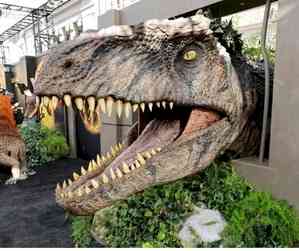What makes you a pessimist?
London, July 29 (IANS) Cannot see thing turning out to be all right? A hyperactive habenula, half the size of a pea in the brain that tracks predictions about negative events, could be the key, a study suggests. A hyperactive habenula could...

London, July 29 (IANS) Cannot see thing turning out to be all right? A hyperactive habenula, half the size of a pea in the brain that tracks predictions about negative events, could be the key, a study suggests.
A hyperactive habenula could cause people to make disproportionately negative predictions, the study suggests.
Brain scans from 23 healthy volunteers showed that the habenula activates in response to pictures associated with painful electric shocks, with the opposite occurring for pictures that predicted winning money.
Previous studies in animals have found that habenula activity leads to avoidance as it suppresses dopamine, a brain chemical that drives motivation.
In animals, habenula cells have been found to fire when bad things happen or are anticipated.
"The habenula tracks our experiences, responding more the worse something is expected to be," said Jonathan Roiser from the UCL Institute of Cognitive Neuroscience in Britain.
For example, the habenula responds much more strongly when an electric shock is almost certain than when it is unlikely, Roiser added.
"In this study we showed that the habenula does not just express whether something leads to negative events or not; it signals quite how much bad outcomes are expected," Roiser noted.
During the experiment, healthy volunteers were placed inside a functional magnetic resonance imaging scanner, and brain images were collected at high resolution because the habenula is so small.
Habenula activation tracked the changing expectation of bad and good events.
The habenula has previously been linked to depression, and this study showed how it could be involved in causing symptoms such low motivation, pessimism and a focus on negative experiences.
The study appeared in the journal Proceedings of the National Academy of Sciences.

 cityairnews
cityairnews 
















